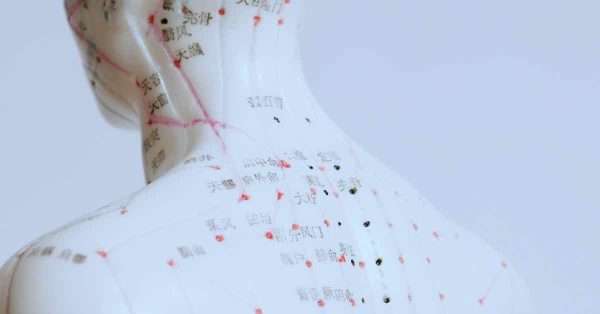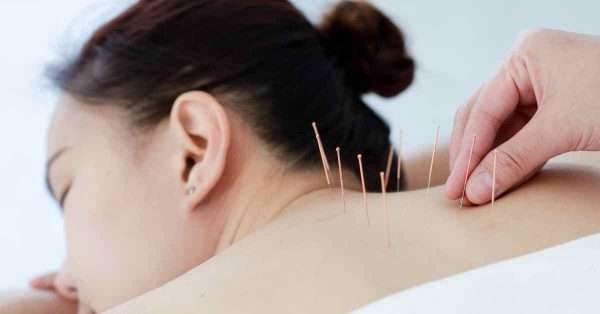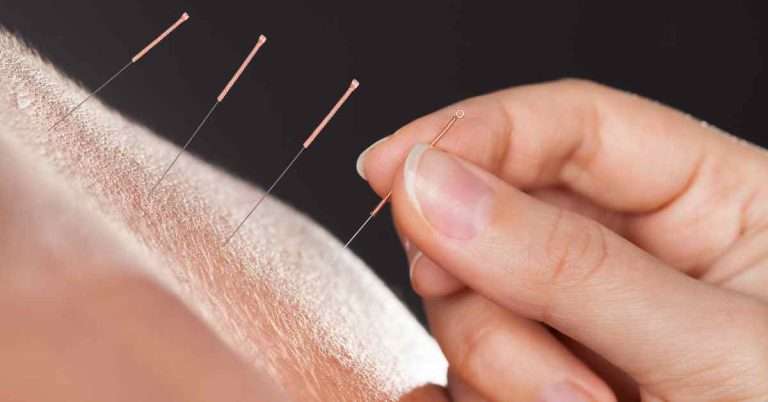Acupuncture, a well-known traditional Chinese medicine (TCM) method for over 2,500 years, has transcended cultural boundaries, gaining global recognition as an effective remedy for various ailments, especially pain. Rooted in the belief that the body’s vital energy, or “Qi,” flows through meridians, acupuncture seeks to balance this energy, promoting healing and well-being. By the end of this article, you’ll understand just how powerful acupuncture for pain relief can be!
Historical Context
The ancient Chinese believed that disruptions in the flow of Qi were the root cause of diseases and discomfort. By inserting fine needles into specific points (acupoints) on the body, they aimed to restore this balance, facilitating natural healing. This age-old practice has evolved, integrating with modern medical knowledge, yet its core philosophy remains unchanged.
Mechanisms of Pain Relief

- Neurological Effects: Acupuncture stimulates the release of endorphins, the body’s natural painkillers. It also affects pain perception, modulating brain and spinal cord signals.
- Increased Blood Flow: By stimulating acupoints, acupuncture enhances circulation, promoting healing and reducing inflammation.
- Muscle Relaxation: Acupuncture can relax tense muscles, alleviating pain and discomfort.
Types of Pain Addressed by Acupuncture
Acupuncture’s versatility is evident in its ability to treat various pain conditions. Here are some of the most common types of pain that benefit from acupuncture:
- Chronic Pain: Long-lasting conditions, such as fibromyalgia or chronic fatigue syndrome, often respond positively to acupuncture. It can help minimize the intensity and frequency of pain episodes.
- Migraines and Tension Headaches: Numerous studies have highlighted acupuncture’s efficacy in reducing the severity and frequency of migraines and other headaches.
- Lower Back Pain: One of the most common complaints globally, chronic lower back pain, can be alleviated with acupuncture, helping to improve mobility and quality of life.
- Neck Pain: From poor posture, an old injury, or other causes, acupuncture can relieve neck pain and stiffness.
- Osteoarthritis: In the knees, hips, and hands, acupuncture can reduce pain and improve function in osteoarthritic joints.
- Menstrual Cramps: Many women find relief from painful menstrual cramps through acupuncture, often in conjunction with other treatments.
- Carpal Tunnel Syndrome: Acupuncture can help alleviate the pain and symptoms of carpal tunnel syndrome, potentially reducing the need for surgery or medication.
- Dental Pain: Postoperative dental pain and even some chronic dental pain conditions can be managed with acupuncture.
- Postoperative Pain: After surgeries, especially orthopedic procedures, acupuncture can reduce reliance on pain medications and hasten recovery.
- Neuropathic Pain: Characterized by tingling, numbness, and burning sensations, neuropathic pain from conditions like sciatica or diabetic neuropathy can be managed with acupuncture.
- Sports Injuries: Sprains, strains, and other sports-related injuries can heal more quickly and with less pain with the help of acupuncture.
- Cancer-related Pain: Some cancer patients have found relief from pain and other symptoms through acupuncture, especially when combined with other treatments.
It’s essential to note that while acupuncture can be effective for many types of pain, individual responses can vary.
Acupuncture in Modern Therapies
Today, acupuncture is not just confined to TCM clinics. Many modern healthcare settings, including hospitals and pain clinics, integrate acupuncture as a complementary therapy. Research from reputable sources like the NIH has shown acupuncture’s efficacy in treating conditions like migraines, lower back pain, and osteoarthritis. Considering the entire body, mind, and spirit, its holistic approach sets it apart from many conventional treatments.
Other interesting facts about acupuncture:

Here are some additional relevant details about acupuncture that haven’t been covered in the article:
- Holistic Approach: Acupuncture is not just about addressing specific pain points. It’s a holistic approach considering the entire body, mind, and spirit. The goal is overall balance and wellness, not just symptom relief.
- Variations of Acupuncture: While traditional acupuncture involves the use of needles, there are variations such as electroacupuncture (where a minimal electric current is passed between pairs of acupuncture needles), auricular acupuncture (focused on the ear), and acupressure (using hands or tools to apply pressure to acupoints).
- Cosmetic Acupuncture: Also known as facial acupuncture, this is a non-invasive treatment that promises to rejuvenate the face, reduce wrinkles, and improve skin elasticity by boosting collagen production.
- Immune System Boost: Some studies suggest that acupuncture can boost the immune system by stimulating the body’s defense mechanisms.
- Mental Health Benefits: Beyond pain relief, acupuncture is also used to treat anxiety, depression, and stress. It regulates neurotransmitters in the brain, promoting relaxation and mental well-being.
- Digestive Health: Acupuncture has been used to treat many digestive disorders, including irritable bowel syndrome (IBS), chronic constipation, and acid reflux.
- Fertility and Acupuncture: Some individuals use acupuncture as a complementary therapy when undergoing fertility treatments. It’s believed to improve blood flow to the reproductive organs and balance hormones.
- Post-Treatment Sensations: After an acupuncture session, it’s common for individuals to feel a sense of deep relaxation or even mild euphoria. Some might feel energized, while others might feel the need to rest.
- Training and Certification: A licensed acupuncturist typically undergoes extensive training, often including anatomy, physiology, and traditional Chinese medicine principles. In many countries, acupuncturists must pass exams and meet strict criteria to practice.
- Integration with Western Medicine: In many modern healthcare settings, acupuncture is now integrated as a complementary therapy. Hospitals and pain clinics might offer acupuncture alongside conventional treatments.
Safety and Considerations
Acupuncture is generally safe when administered by trained professionals. However, it’s crucial to:
- Ensure needles are sterile to avoid infections.
- Discuss any medications or health conditions with the acupuncturist.
- Be aware of potential side effects, like minor bruising or dizziness.
Conclusion
Acupuncture, an ancient practice in Traditional Chinese Medicine, has transcended time and cultural boundaries to establish itself as a sought-after remedy in modern pain management. Its holistic approach, which harmonizes the body’s energy pathways, offers a natural and non-invasive alternative to conventional treatments. From chronic backaches to debilitating migraines, acupuncture’s potential to alleviate many pain conditions is a testament to its enduring efficacy. As scientific research continues to validate its benefits and mechanisms, acupuncture stands as a beacon of hope for countless individuals seeking relief from pain. Embracing this age-old technique might be the key to unlocking a pain-free and harmonious life.
More Stories
Read more amazing stories on the blog!




